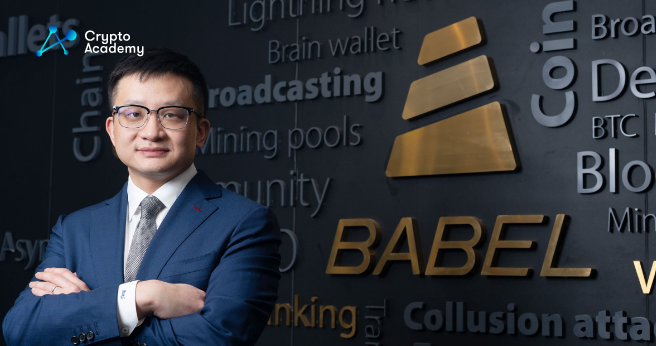Flex Yang, the former CEO and founder of Babel Finance has announced a new decentralized stablecoin backed by crypto-native reserves and an entire DeFi ecosystem centered on it.
In an interview with TechCrunch, Yang asserted that the Hope stablecoin combines centralized finance (CeFi), decentralized finance (DeFi), and conventional finance (TradFi) to provide transparency and security that previously purportedly decentralized stablecoins lacked.
More specifically, the Hope stablecoin will be supported by Bitcoin and Ether reserves. It will work to maintain its dollar peg by relying on market makers and arbitrage traders to sell the token at a premium when there is a higher demand for recently issued stablecoins and to buy it at a discount when there is a lower demand while also burning tokens.
Hope is more like MakerDAO, the company that created the well-known DeFi stablecoin Dai, according to Yang, but with “a number of new functions.” One of Hope’s protocols, HopeConnect, for instance, is a DeFi settlement and clearance tool that enables users to trade derivatives on well-known exchanges without depositing funds on CeFi systems.
“That means no CEX custody and no user credit risk while bringing CEX trading experiences to DeFi. Users can access CEX liquidity in anonymous and decentralized ways.”
While some may compare the Hong stablecoin to the defunct TerraUSD stablecoin, there are significant key differences. One reason was that TerraUSD was a wholly algorithmic stablecoin that utilized an arbitrage scheme with its own partner token, LUNA. On the other hand, Hope will use some CeFi components.
The stablecoin has garnered backing from some well-known investors. Yang is also said to have indicated that he will put $10 million of his money toward funding the Hope ecosystem.
In the meanwhile, HopeSwap, the first DeFi product created in the Hope ecosystem, will act as an on-ramp for consumers to purchase HOPE on the platform. The “automatic market making,” or AMM, method, will be used by this swap protocol created on the Ethereum blockchain to assist supply liquidity.
Following HopeConnect will come other applications, such as the synthetic asset exchange HopeEcho, a non-custodial lending platform called HopeLend, and other DeFi third-party apps created on the HOPE ecosystem.
A well-known cryptocurrency loan platform was Babel Finance. It began in China with the support of many well-known investors with a strong emphasis on China, including Sequoia Capital China, Tiger Global, and Dragonfly Capital. Afterward, the company established operations in Singapore, where it is currently based.
Babel Finance, however, experienced market contagion in June of last year as a result of the calamitous collapse of the Terra environment. Following similar actions by Celsius Network and Voyager Digital, the lender later announced its decision to freeze withdrawals.
Bloomberg stated earlier this month that Babel Finance is developing a fresh strategy to raise capital using a cryptocurrency-backed stablecoin. The media described the suggested new stablecoin as Babel Recovery Coin at the time.
Yang responded to the news by stating that although Babel will stake Hope, creditors won’t be paid immediately. Instead, a Babel Recovery Coin (BRC). will be given to creditors.
Yang claims that the Hope team, which is made up of former Babel employees, will be given 30% of the leveraged tokens (LT) with a four-year vesting schedule. To elect escrowed tokens (veLTs) to run Hope’s decentralized autonomous organization (DAO), the team will lock all of its LTs.

